Conflict is key to every story—and what’s a good conflict without a villain? An authentic villain is made with a hint of goodness and a touch of humanity. With that, they’re only a few steps away from coming to life, captivating the attention of both your protagonist and your reader…
Table Of Contents
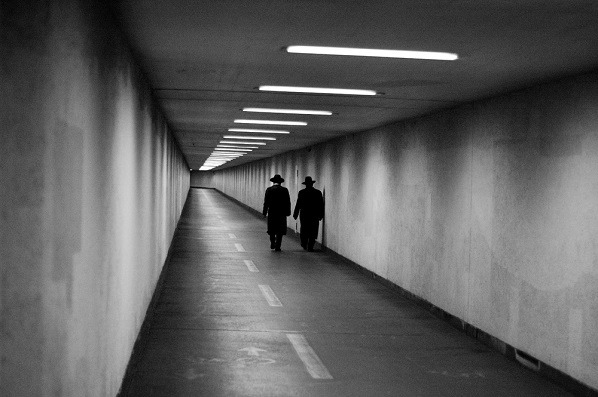
What does your character need to be a good villain? Image credit: Eke Miedaner via Flickr Creative Commons
Rise Of The Good Villain
Nowadays there’s often a blur between clear-cut ‘evil’ and ‘good’. Adding typically ‘hero’ character traits to a villain makes them more interesting and memorable.
The most interesting villains are not completely evil. They have a soft spot for puppies or they write cheesy love poems. Contrary personality traits add depth and realism to all characters.”—Melissa Donovan
With the increasing popularity of anti-heroes, there’s no better time for more rounded, realistic villains than now.
Good Is Scary
We’re unlikely to ever meet an evil, mastermind supervillain. Giving the villain ‘hero’ qualities makes them more believable, more realistic, more likely to show up on our back doorstep!
It also poses a challenging question to readers: given the right circumstances, would they act so differently from the villain? It’s a scary thought.
Villains From Literature
Harry Potter by J.K. Rowling
Voldemort has been described as evil incarnate. And while that may be true, Tom Riddle is a different story. As a child, Voldemort was a lonely, unpopular orphan boy suddenly gifted with new life thanks to magic. Much like Harry.
Other antagonists such as Snape and Malfoy are much more ‘human’. Snape was overly harsh to Harry (although not without reason) and was a liar. But his love for Lily, and his other ‘hero’ qualities redeem him, so that his death is deemed the most powerful of the series.
Malfoy is an arrogant school bully and a Death Eater’s son who opposes Harry whenever he can. But, in the end, he’s just a confused boy weakened by his desperation for affirmation.
The Malloreon by David Eddings
In this sequel series, the Light and Dark prophecies come head-to-head. The fate of the world depends on the choice of a single, neutral character. Seems a bit cliché?
The interesting point about the Dark prophecy is that, while it is the opposition, it isn’t ‘evil’ or ‘wrong’. Unless the neutral character decides that it is.
Star Wars
Science fiction has been doing great authentic villains for decades. Pick up almost any sci-fi story, and the concept of the evil antagonist is questioned. The Star Wars canon, one of the more well-known of its genre, is no exception.
Anakin Skywalker, hero-turned-villain, joins the dark side after visions of his mother dying make him terrified of losing his wife. Unfortunately, the dark side encourages him to let out his anger unchecked and he accidentally causes the very thing he feared.
After failing as a husband, he almost makes the same mistake as a father. But in those last moments, he turns against the dark side and sacrifices himself to save his son, Luke.
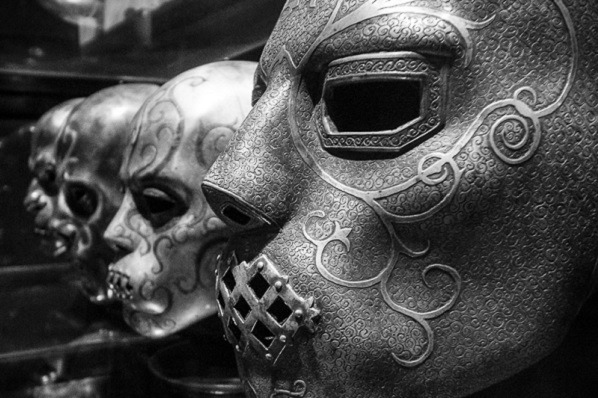
Choosing Your Villain
Your story needs an antagonist. They exist, in essence, to drive the plot forward, but are so much more than that. They are a character in their own right—and one of the most important.
Villains are not necessarily evil. Instead, they are opposite.”—Joe Bunting
A useful technique for choosing an antagonist is to examine the protagonist. What sort of character would challenge their strengths and bring out their weaknesses?
External Villains
As with any other character, you need to work out the basics: gender, occupation, race, species, socioeconomic standing, and so on. The first step to choosing these character aspects is to decide how ‘good’ or ‘human’ you want them to seem.
The Sympathetic Villain
The most authentic villains are those with ‘hero’ traits: aspects of their character that make them more relatable, more human. While the antagonist stands in opposition to the protagonist, you want to create similarities. The degree of similarity can vary, but make sure it’s identifiable.
Similarities can be in philosophy or actions. A great example of the former is Sherlock and Moriarty: both are geniuses who work with puzzles, but with differing beliefs and morals. In X-Men, Xavier and Eric (Magneto) share similar goals and ideals, but their actions and methods to reach those goals puts them in opposition to each other.
The contrast between hero and opponent is powerful only when both characters have strong similarities.”—K. M. Weiland
Villains who are—or who, at one point, were—human have the greatest chance of being relatable, and therefore more believable. Alternately, if the protagonist isn’t human themselves, the reader can identify with a non-human antagonist through the point of view of the protagonist.
The Monster
So, what if you really want to go with the traditional, totally-evil villain despite everything? It would be a very limiting choice, but if it’s right for the story then it’s right for the story. Some genres are slower than others to take up the realistic villain, such as horror, westerns and children’s books.
The best villain identities to start looking at are non-human ones. Try a computer, an alien, or a supernatural being that has never been human—such as a fairy, or a demon. A character your reader couldn’t possibly identify with.
An authentic non-human character requires a fair amount of work. You need to be familiar with their way of thinking, their emotions, their culture. How do they view death and pain? Do they have a concept of ‘right’ and ‘wrong’?
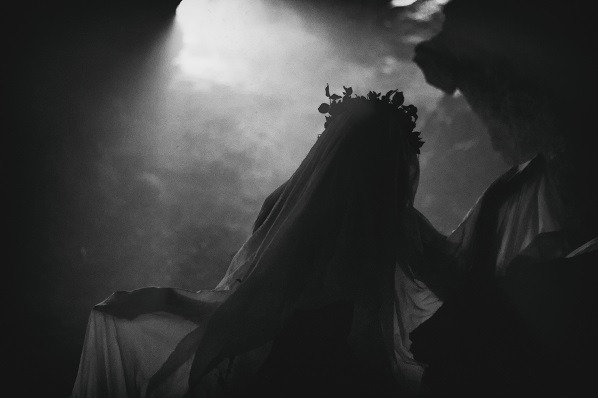
Avoid Groups or Natural Adversaries
It’s generally not recommended for your antagonist to be a group of people, an event (such as war), or natural adversity (such as illness). These are all viable elements and catalysts in a story, but lack the ability to intentionally act against the protagonist.
… a reader might have a hard time accepting a human who wrestles Mother Nature to the ground, unless Mother Nature had somehow been dethroned and lost all her powers.”—Glen C. Strathy
If one of these are what your protagonist fights against, try to personify the core of the struggle in a character. Instead of the destruction of war, try a battle-driven general with a few lax morals.
Internal Villains
Sometimes the protagonist’s opposition is within; what’s holding them back from their goal is their own self. While facing a situation or external antagonist, they may struggle with a decision: emotional, intellectual or moral.
Protagonist Weakness
What can hinder a protagonist from taking action or making a decision is different for every character. Generally, the protagonist is the first character you develop, so go back to your notes to look for their weaknesses and flaws.
Some things to look out for include:
- Something dark in the protagonist’s past
- A reoccurring or past mistake
- Uncontrolled emotion
Another source of weakness can actually be the protagonist’s strengths. Overconfidence in their abilities could lead to a lot of trouble, and good qualities can lead to challenges if they go too far.
Perhaps our character’s greatest strength is that she’s loyal. Taken to an extreme, that strength can become a weakness. Above all, she may stick by her brother—even when she shouldn’t…”—Angela Ackerman
These can lead to ethical dilemmas, and situations where the protagonist’s morals and ethics are questioned. Is loyalty always the best path to follow? Is it really okay to sacrifice one life to save many? Self-doubt is another prevalent internal antagonist in fiction and real life.

Combining Internal and External Conflict
Having an external villain while the hero deals with an internal one really keeps a story moving forward. The external villain may not have anything in common with the inner one, or they may draw attention to it.
Readers relate to characters who have internal conflicts as well as external conflicts. More importantly, your main character’s internal conflict creates suspense…”—Glen C. Strathy
Internal villains can be symbolised in an external one to great effect. In the movie Avengers: Age of Ultron, the external antagonist, Ultron, could be considered a representation of Iron Man’s ego inflamed by fear; his internal antagonist.
Solving The Ethical Dilemma
By defining your villain, you have to be careful of not implying generalisations about others within the same gender, environment, race, and so on. A current prickly but progressive choice is a queer villain—but it can be done well!
Avoid Generalisations
The first way to avoid generalisations is for the villain to clearly separate themselves as an individual, acting without the support of others. This can be done through dialogue or actions of either the villain or others from the same people group.
A great example is from the 2009 Star Trek movie: Nero, the Romulan antagonist, declares, “We do not speak for the [Romulan] empire. We stand apart.” This sets the heroes against a single man and his crew, rather than an entire race.
Create A Counterpart
By including at least one ‘hero’ character who identifies as the same or similarly to the antagonist, writers can show that they aren’t discriminating. This is a successful technique, but may not work in all occasions such as historical novels.
Sometimes the key is going to be counterbalance… note that most police procedural shows on television have multi-ethnic casts both in and out of the squad room.”—Isobel Carr
Harry Potter does this well; there are both good and bad pure blood witches, muggles and half-bloods. In the end, Snape’s character even redeems Slytherin’s poor image. While there isn’t a clear correlation with these groups and real life groups, the series still demonstrates the counterpart method very well.
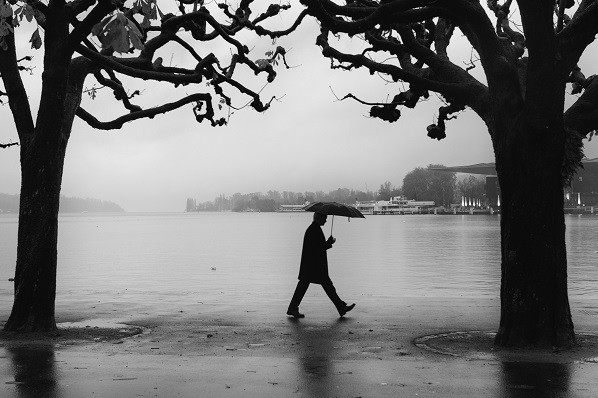
Choose Carefully
Try to avoid minorities or disadvantaged groups in general. First, think carefully about whether such an antagonist is necessary for your story. If it is, make sure to use one of the methods to avoid generalisation.
Alternatively, if your story needs a marginalised villain but the specific culture doesn’t matter, you can invent your own race, country, or people type. In The Lord of the Rings the orcs are seen to be horrible and evil, as a whole. But as the race can’t be identified with one that exists in reality, no one is offended by this racial generalisation.
A Note on Insanity
The insane and mentally ill have been used as villains for decades. The Joker is usually the first to spring to mind, followed by Hitchcock’s villain Norman Bates in Psycho. But this is slowly starting to become dangerous ground to tread on.
…the vast majority of people who are violent do not suffer from mental illnesses.”—American Psychiatric Association
The most important thing is to do your research. And don’t trust the media; despite what they may portray, mentally ill people are rarely violent. Because of this, you’ll need motives other than the illness.
Developing Your Villain
When developing your villain, think of them as you would your protagonist. They need all the same things: backstory, motive, dreams, strengths, weaknesses, appearance, and tailored dialogue.
If your antagonist is not fully realized, lacks depth or is a caricature of evil, your story will suffer.”—Laura DiSilverio
Everyone is the protagonist of their own lives; the villain thinks what they’re doing is completely logical, even if it isn’t. And as the writer of that character, you need to be familiar with their logic and ensure they’re consistent.

Motive
Probably the key part to get right for your villain is their motive. Backstory, goals and personality are closely linked; if you nail the character’s motive, the other things easily fall into place. Vice versa, creating a solid backstory, goal or personality can help formulate a motive.
Villain motives aren’t much different from a motive that any other character could hold. Desires such as wanting to be loved, to feel safe or even to get revenge can seed both evil and good actions.
Villains whose motivations were understandable, even if they weren’t acceptable, were the most interesting and the most believable.”—Melissa Donovan
Some motives are more villain-inclined, such as the idea that ‘misery loves company’: wanting others to suffer because they have. But these can be little boring and cliché unless the hero plans to redeem the villain.
As the writer, you must know your villain’s motive and ensure it underpins all their actions. However, you don’t have to reveal it. A hidden motive may limit a sympathetic bond between reader and villain, but if done well, this can make the villain scarier and fascinating, like The Joker.
Strengths And Weaknesses
Typically, a villain’s weakness is the hero’s strength, and their strength is the hero’s weakness. In this way, they are foil characters. While the villain is suspicious, the hero is trusting; the villain’s capacity to see the whole picture stumps the hero who focuses on the finer details. This causes great conflict for plot-driven stories.
They are a shadow version of the hero, and their personality morphs based on the strengths and weaknesses of the hero.”—Joe Bunting
Alternatively, a villain and hero can share strengths and weaknesses, mirroring each other. Both may be extremely intelligent, but full of self-doubt. This creates a psychological tension that’s great for character-driven stories. Which character’s strength is stronger, and who can overcome their weakness faster?
Another way to work with strengths and weaknesses is to look at the existing backstory and personalities. A villain who used to be a cop could be quite athletic and a good shooter; one who is prone to anger and emotional bursts could suffer from lapses of judgement.
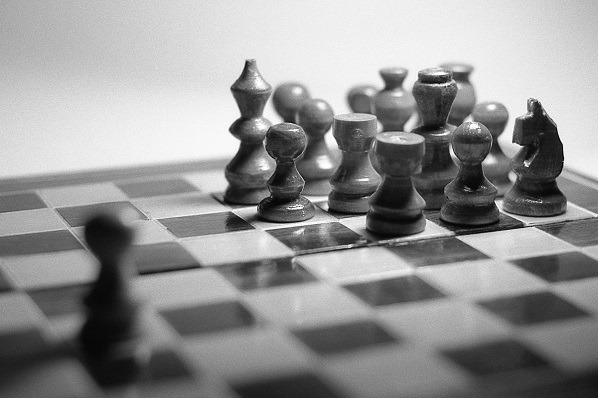
A Killer Personality
One of the most common personalities used for villains is the cold, calculated thinker—also known as INTJ (Introvert, iNtuition, Thinking, Judgement) by the Myers-Briggs Type Indicator.
This magic elixir: perceived arrogance + perceived lack of emotion + perceived unpredictability + intelligence = prime fictional villain… Let’s be honest, INTJs make great villains.”—Mandy Wallace
But this great villain personality is cliché if the character is only skin-deep. Make sure you understand INTJs and read guides on how to use their personality.
Another popular personality is an altruistic villain—a humanist gone too far. In contrast to seeming emotionless, this villain is a passionate visionary. They fight for freedom, or justice, or for another commendable goal.
The problem is, they’re so obsessed with their vision that a few sacrifices along the way don’t matter. A villain may want to save the planet: great, you think. Until the villain says humanity can’t be redeemed and starts mass killings.
Interesting Villainous Traits
Readers expect a villain to be arrogant or boastful. A really interesting trait to use is one that is less expected, such as being considerate. Contradictions are present in everyone; thus an authentic villain has them too.
We all know people who are both shy and rude, cruel but funny, bigoted but protective. This complexity, which seems to particularly manifest itself during times of stress or conflict, is what can make a person inherently unpredictable…”—David Corbett
Villains can be fleshed out with contradictory traits, but with a bit of work the more typical villainous traits can be captivating too. When you write your villain’s ‘evil’ traits, show them to your readers in ways that make them virtues so that their competitive nature gives them a natural edge in confrontations.
How to Avoid Clichés
A clichéd character is one-dimensional, predictable and overused. If you’ve developed your villain with a fully composed backstory and motive, you’ve avoided the first mistake. Predictability can be avoided with contradictory personality traits and a deeply developed character.
But what about avoiding stereotypical villain traits? The best way to check for this is to describe your villain to a friend and ask if it reminds them of another story. As you explain, check if you feel a little déjà vu yourself, or start using existing villains as examples.
…you must go beyond the clichés when developing your villain, because generic platitudes such as maniacal laughter, minions and monologues are standard issue.”—David Villalva
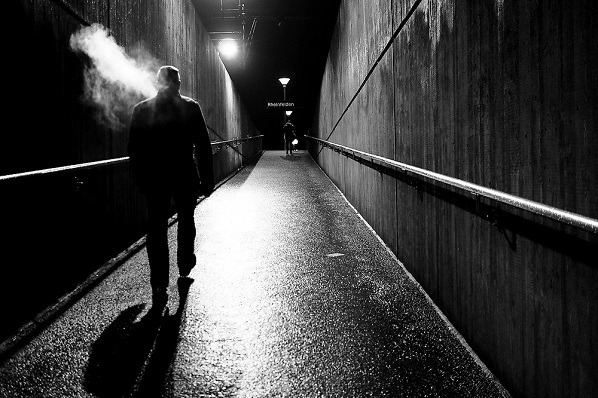
When by yourself, the Evil Overlord List is a great resource of clichés to check your villain for. A few to be aware of include:
- World domination plans
- Disadvantaged childhood backstory
- Clichéd dialogue
- Falling in love with the hero
- An underground evil lair
Some clichés can be diluted. Maybe your villain wants to rule the world, but only wants that power as a means to an ends for something else. And maybe your villain has a disadvantaged childhood backstory, but that’s not the real reason they act immorally.
Keep It Real
Melodrama leads the way to cliché. Villains going over the top with unnecessarily elaborate plans or a massive nuclear rocket to destroy a tiny town are unbelievable and stereotypical.
We call a story or a scene melodramatic when its protagonists are too obviously heroes or victims and its antagonists are obviously villains.”—Peter Selgin
Keeping the conflict small but interesting will also help you avoid clichés. Car chases, gun fights in the streets, government conspiracies and black market sales are overdone. If your story needs these type of dramas to be interesting, you might want to rethink a few choices.
Clichés in Small Doses
Clichés are hard to avoid altogether when it comes to villains. There are definitely some in particular you should steer away from, but otherwise, clichés are okay in small doses.
Maybe your villain likes to wear black. That’s fine, as long as they don’t also smirk every second page, brag about evil plans before winning, and smoke.
***
Your villain is one of your most important characters; they are the source of conflict, the agent personifying the hero’s greatest obstacle, and the character keeping your reader on the edge of their seat. As Miriam Darnell said,
What would Harry Potter be without Voldemort? What would Frodo be without the ring? Or Luke Skywalker without Darth Vader?”
Choosing the best villain and developing it into an authentic character gives you the tool you need for a killer story.
One response to “The Ultimate Guide To Creating An Authentic Villain”
Thank you for sharing your insights. I agree that having a believable motive for a villain is key. Also, your comments about generalizations and mental illness are spot on. It bothers me that albinos are commonly the villain in many stories, such as the Matrix and Dan Brown’s novel, Angels and Demons. Excellent post!